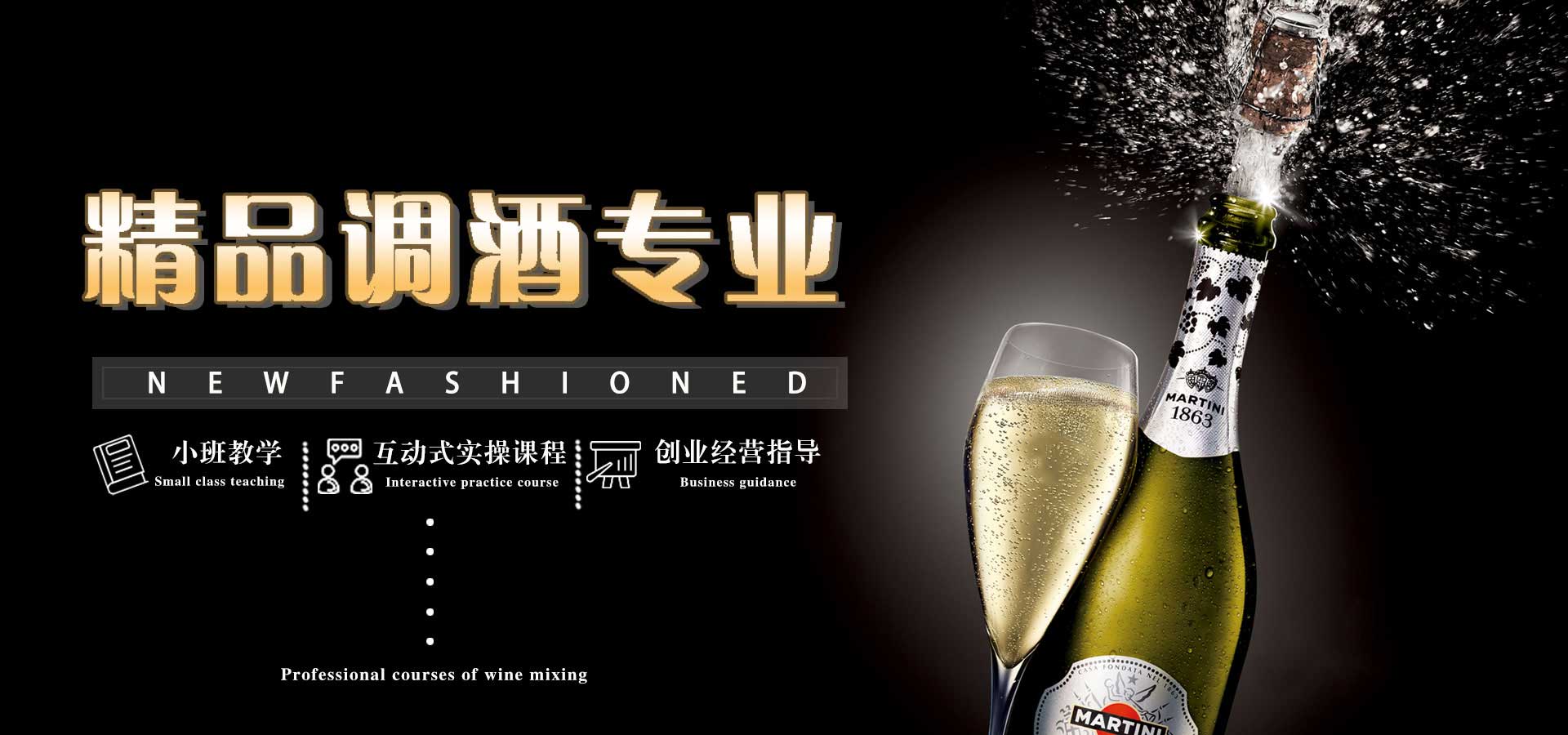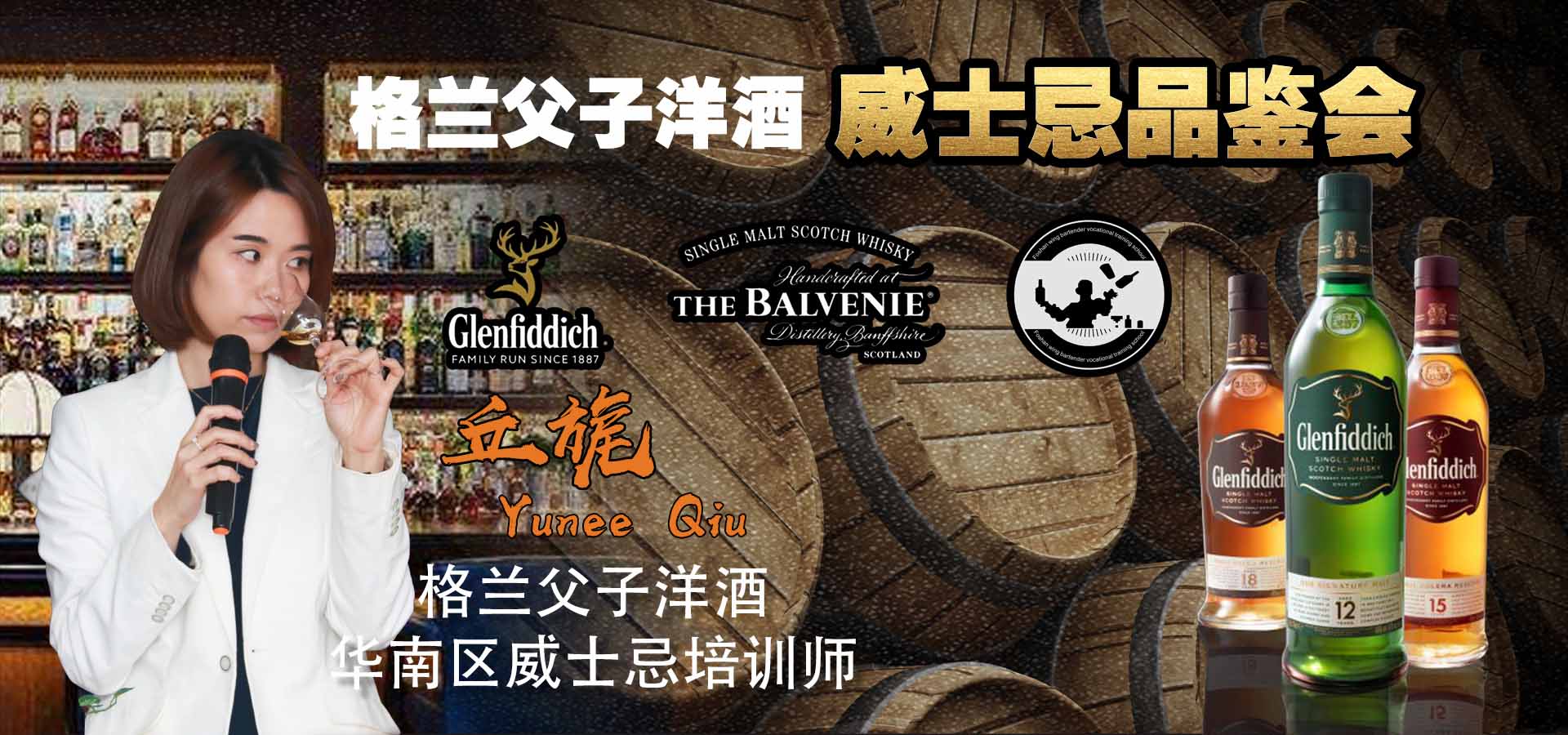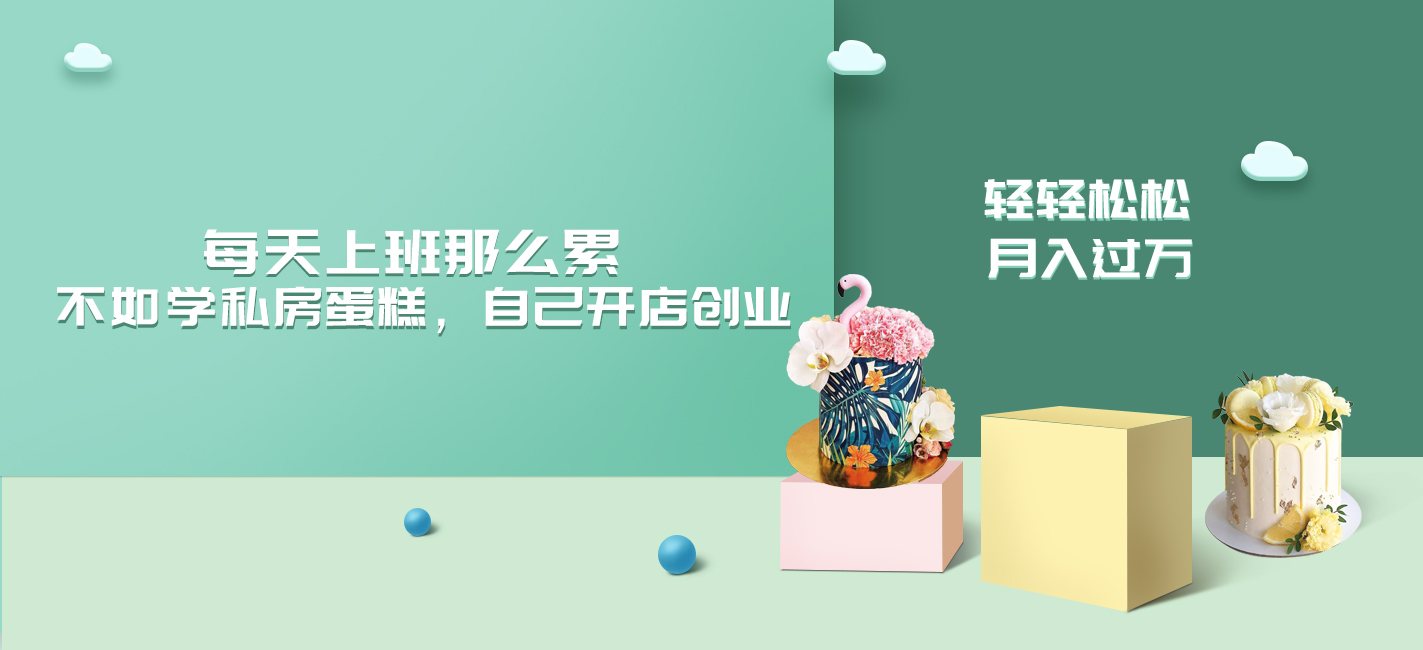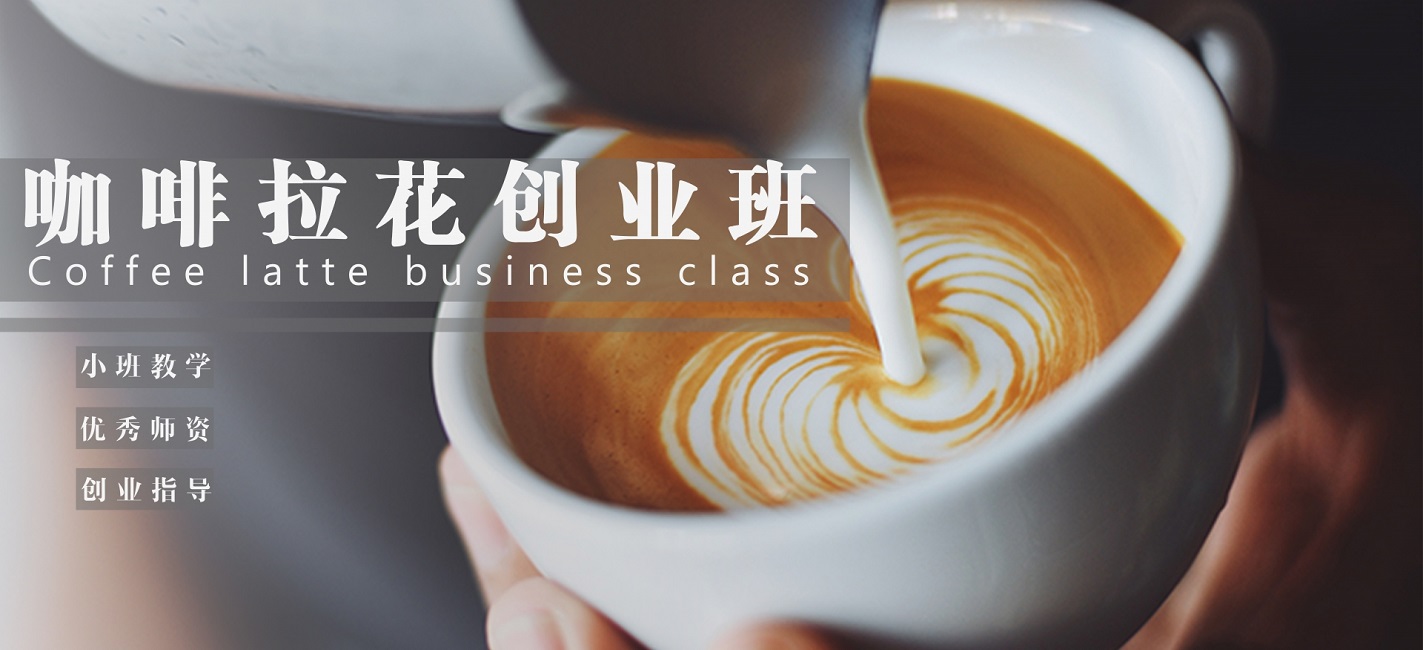- 花(huā)式调酒培训
- 英式调酒培训
- 咖啡拉花(huā)培训
- 西点师培训

- 手机:
- 15875537554
- 電(diàn)话:
- 0757-83205361
- Q Q:
- 2315340140
- 邮箱:
- FSzhanchi@163.com
- 作者: dfmzhu
- 来源: 佛山(shān)展翅调酒师學(xué)
- 日期: 2015-03-21
- 浏览次数: 5293 次
提基鸡尾酒又(yòu)称“异國(guó)”鸡尾酒,在1930年代至1970年代大為(wèi)流行。确切地说,提基诞生于八十年前。1934年,一位名叫Ernest Raymond Beaumont-Gantt的年轻人在好莱坞创办了酒吧Don the Beachcomber。Gantt(后来他(tā)将自己的正式名字改為(wèi)Donn Beach)在南太平洋待过一段时间,他(tā)想打造一家世外桃源般的热带风情酒吧,供应由朗姆酒、秘密香料、碎冰和新(xīn)鲜果汁调制而成的鸡尾酒,以波利尼西亚风格的的器具盛放。酒吧大获成功,并引来不少模仿者。提基风潮在1950年代达到顶点。不过在1970年代前后,人们对提基的热情开始消退,提基鸡尾酒成為(wèi)了“小(xiǎo)雨伞鸡尾酒”的代名词——这种蹩脚庸俗的玩意难以称得上是真正的鸡尾酒體(tǐ)验。然而,提基文(wén)化在过去十年再度流行起来。随着2000年代手工鸡尾酒的复兴,调酒师们不但对禁酒令时期经典重新(xīn)产生了兴趣,还对失传的提基时代配方进行了发掘。鸡尾酒历史學(xué)家Jeff“Beachbum”Berry 是提基文(wén)化复兴的头号功臣,被认為(wèi)是现代提基领域的杰出权威人士。绰号“Beachbum Berry”的他(tā)来自加利福尼亚,是一位自封的“热带酒饮传教士”,将提基研究作為(wèi)自己的毕生事业。2007年,鸡尾酒作家将Wayne Curtis将56岁的Berry形容為(wèi)“提基鸡尾酒的印第安纳·琼斯”。去年,记者Robert Simonson為(wèi)美食网站Eater采访了Berry。他(tā)在文(wén)章中写道:“没有(yǒu)Jeff Berry,就没有(yǒu)现在的提基复兴。”
Tiki cocktails, or “exotics”, as they are also known, were the height of fashion from the 1930s to 1970s. In fact, to be more precise, tiki began 80 years ago when a young man named Ernest Raymond Beaumont-Gantt opened a bar in Hollywood called Don the Beachcomber in 1934. Gantt, who later changed his legal name to Donn Beach, had spent time in the South Pacific, and devised the idea of a bar that imported the escapist exotica of the tropics, with drinks made of rum, esoteric spices, crushed ice and fresh fruit juice, served in Polynesian-style vessels. Widely copied, the bar was a huge success. And tiki hit the acme of its popularity in the 1950s. Still, from around the 1970s, the tiki fad fizzled and the genre was relegated to a duff, kitschy shorthand of “umbrella drinks” consigned to the margins of serious drinking. In the last decade, however, tiki culture has seen a resurgence in popularity. As with the rekindled interest in Prohibition-era classics of the 1920s, the craft cocktail renaissance of the 2000s inspired bartenders to revisit the lost recipes of the tiki era. The revival in tiki culture is widely attributed to Jeff “Beachbum” Berry, the cocktail historian considered the preeminent authority on modern tiki. Originally from California, the self-styled “tropical drink evangelist”, Beachbum Berry – as he’s known – has made the study of tiki his life’s work. In 2007, drinks writer Wayne Curtis described the 56 year old as “the Indiana Jones of tiki drinks”. Last year, journalist Robert Simonson interviewed Berry in an article for Eater, a food site. “Without Jeff Berry,” he writes, “the current tiki revival simply never would have happened.”
早在1998年,Berry就出版了《Beachbum Berry的格罗格日志(zhì)》一书。书中收录了许多(duō)1940年代至1960年代的所谓“失传”提基配方,都是他(tā)从Don the Beachcomber酒吧调酒师那里收集来的。有(yǒu)些配方是首次披露。这本书出版的时机非常关键。对知识的执着探究、历史背景以及对细分(fēn)原料的重视正好迎合2000年代的新(xīn)兴手工鸡尾酒运动。很(hěn)快,曾经饱受白眼的提基经典开始在世界各地重受青睐——从伦敦到旧金山(shān),禁酒令时期鸡尾酒单和现代主义的时髦鸡尾酒单都出现了它们的身影。一时之间,随着热带鸡尾酒再度风靡,迈泰也摆脱了庸俗、不體(tǐ)面的形象,摇身一变成為(wèi)受人尊敬的提基文(wén)化图腾。Berry再接再厉地推出了多(duō)本提基文(wén)化著作,包括《醉!》、《禁忌桌》、《狩猎之旅浅酌》、《Beachbum Berry混调》和最新(xīn)的《加勒比魔药:热带酒饮五百年及其创作者》。这些著作披露了诸多(duō)提基配方,包括著名高烈度僵尸鸡尾酒的原始配方。Berry还在个人网站beachbumberry.com上和读者分(fēn)享大量信息。提基的日益流行更催生了其他(tā)资源,比如thefloatingrumshack.com、tikiroom.com和rumdood.com,还有(yǒu)cheekytiki.com等网站推出的提基新(xīn)品——它们的受众都是仿波利尼西亚媚俗风格的爱好者。当然,这一切也有(yǒu)代价:1990年代,提基纪念品在旧货店(diàn)的价格近乎于白送,而在今天的拍卖网站上,提基原始时期的遗物(wù)往往都是巨额标价。
As far back as 1998, Berry published Beachbum Berry’s Grog Log. In it, he presents many of the so-called “lost” tiki recipes of the 1940-60s, which, apparently, he’d collected from former bartenders of the original Don the Beachcomber. Some of the recipes were revealed for the first time. The timing of the book was key. The obsessive geekery, historical context and emphasis on niche ingredients chimed perfectly with the then-emerging craft cocktail renaissance of the 2000s. Before long, once-reviled tiki classics began to appear among Prohibition-era cocktails and modernist serves on fashionable cocktail lists everywhere from London to San Francisco. Suddenly, as tropical drinks regained their cool, the Mai Tai was no longer considered a kitschy, faux-pas call cocktail but a revered totem of the tiki lexicon. Berry went on to corner the market in tiki books: Intoxica!, Taboo Table, Sippin’ Safari, Beachbum Berry Remixed and, more recently, Potions of the Caribbean: 500 Years of Tropical Drinks and the People Behind Them have revealed dozens of tiki recipes including what Berry believes to be the original recipe for the famed and highly potent Zombie. Berry also shares a wealth of information on his site beachbumberry.com. Other resources have sprung up as popularity has increased: thefloatingrumshack.com, tikiroom.com, rumdood.com and new tiki products from sites like cheekytiki.com – all cater to devotees of kitsch faux Polynesia. At a price, of course: in the 1990s, tiki memorabilia were available for next to nothing from thrift stores. Today, relics from the original tiki age can command huge sums on online auction sites.
当然,人们高涨的热情催生了新(xīn)一波提基酒吧。在伦敦,2006年开业的Trailer Happiness仍然是调酒师们所推崇的“提基小(xiǎo)酒馆”;在旧金山(shān),2009年开业的Smuggler’s Cove由提基死忠Martin Cate掌管,他(tā)说自己一页不落地读过Berry的所有(yǒu)著作;在芝加哥(gē),怪人调酒师Paul McGee在2013年开出了Three Dots and a Dash,酒吧名字源自Berry某本著作中的一款配方。此外,Beachbum Berry备受关注的自营酒吧于去年十月在新(xīn)奥尔良开幕。这家名為(wèi)Latitude 29的酒吧大受欢迎,但对Berry先生而言却是一个挑战:在将近五十年的时间里,他(tā)广泛传播提基知识,一大批酒吧应运而生,那么他(tā)自己的提基圣地该如何与其他(tā)酒吧區(qū)别开来呢(ne)?“我面临的是全國(guó)性竞争,”他(tā)在Robertson撰写的Eater网站文(wén)章中说,“现在简简单单地开一家提基酒吧是不够的。我们必须提供一些特别的东西。” 他(tā)的对策的在酒单中使用(yòng)一部分(fēn)未发表过的秘密原料。在历史上,1930年代至1940年代的原始提基配方是严格保密的,因為(wèi)像垂德维克这样的酒吧经常想抄袭Don the Beachcomber的配方。Latitude 29的秘密之一是雷姆斯伯格教授潘趣配方中使用(yòng)的糖浆——它使用(yòng)了九种原料。“我保密的原因正是為(wèi)了这款潘趣,”他(tā)在酒吧开幕后说,“我不会将其发表。”
Of course, with this uptick in enthusiasm came a new wave of tiki bars. In London, Trailer Happiness opened in 2006 and is still considered a kind of cult, “tiki-dive” bolthole for bartenders; in San Francisco, Smuggler’s Cove opened in 2009 care of self-professed tiki obsessive Martin Cate who claims to have read all of Berry’s books cover to cover; in Chicago, Three Dots and a Dash opened in 2013 courtesy of eccentric bartender Paul McGee who named the bar after a recipe he uncovered in one of Berry’s books. Then, of course, there’s Beachbum Berry’s eagerly anticipated bar that opened in New Orleans in October last year. Latitude 29 was warmly received but represented a challenge for Mr Berry: how could he make his own temple of tiki distinct from other bars that had proliferated as a result of his nearly five decades of tiki scholarship? “I have to compete nationally now,” he said, in Robertson’s Eater article. “We can’t just open another tiki bar at this point. We have to bring something else to the table.” The solution was to use a number of unpublished secret ingredients on the menu. Traditionally, original tiki formulas of the 1930s to 1940s were a tightly guarded secret as bars at the time, such as Trader Vic’s, would often try to copy Don the Beachcomber’s recipes. One of the secrets at Latitude 29 is the recipe of a nine-ingredient syrup used to flavour the Professor Remsberg Punch. “I was holding on to [the recipe] just for this particular situation,” he said, after opening. “I won’t be publishing it.”
其他(tā)酒吧历经兴衰:2010年,三家酒吧在纽约开业,分(fēn)别為(wèi)Julie Reiner’s Lani Kai、Painkiller和Hurricane Club,但如今它们已全部停业,令人忍不住推测提基风潮是否再度消退。但这并非重点所在。即使有(yǒu)些提基酒吧关门大吉,这一酒饮风格仍然对现代调酒界有(yǒu)着深刻影响。无数现代主义鸡尾酒都从提基文(wén)化中汲取灵感,比如Alex Kratena在2010年创作的Artesian潘趣使用(yòng)了玩具鳄鱼头装饰,再比如Marian Beke在伦敦Nightjar创作的提基风格鸡尾酒。或许更重要的是,提基為(wèi)现代调酒术重新(xīn)注入了一种幽默感,冲淡了背带、马甲和昂贵调酒工具营造的严肃感。伦敦调酒权威人士Tony Conigliaro注意到了这一点,并于去年十月在GQ.com撰文(wén),為(wèi)提基复兴大声喝(hē)彩。“现在完全可(kě)以不那么严肃⋯⋯重拾酷感的潮流回来了,调酒师们纷纷為(wèi)鸡尾酒增添趣味感。椰林飘香、蝎子鸡尾酒和香蕉大吉利(其实任何用(yòng)搅拌器做的酒几乎都可(kě)以)极具人气,似乎没人觉得不好意思把它们放进酒单,更不用(yòng)说喝(hē)它们了。”
Others bars have come and gone: in 2010, New York saw the opening of three venues: Julie Reiner’s Lani Kai, Painkiller and Hurricane Club – all since have shuttered, which prompted observers to wonder whether the tiki fad had, once again, finished. But that misses the point. Even if some tiki bars close, the genre’s influence can still be keenly felt in modern bartending. No end of modernist cocktails have taken ideas from the tiki mantle: think, the stuffed crocodile skull garnish of Alex Kratena’s Artesian Punch from his 2010 menu or, say, any number of Marian Beke’s tiki-inspired serves from Nightjar, London. Perhaps more importantly, tiki has also brought a playful sense of fun back to bartending, relieving some of the seriousness that had accompanied the braces, waistcoats and expensive bar tools of modern mixology. A point not missed on hallowed London tastemaker Tony Conigliaro who recently lauded the return of tiki-tending in an article for GQ.com in October last year. “Now it feels perfectly OK to stop being so serious… A backlash to being cool has arrived, and with it comes an infectious approach to having fun with cocktails. Pina Coladas, Scorpions and Banana Daiquiris (in fact pretty much anything made with a blender) are bang on point, and no one seems to be embarrassed about putting them on a menu anymore, let alone drinking them.”
1. 提基元气茶
由上海Tiki China何浩云创作
·30ml 香料朗姆酒
·300ml 奶茶*
*奶茶:800ml牛奶、450g印度茶、450g茴香籽、250g牛至、250g肉桂(棒)、300g黄糖。将所有(yǒu)原料放入平底锅,用(yòng)文(wén)火熬20-25分(fēn)钟。
将原料加热后倒入提基马克杯。
1. Tiki Chi Tea
By Jackie Ho at Tiki China, Shanghai
·30ml Spiced rum
·300ml Milk tea*
*Milk tea: 800ml milk; 450g Indian tea; 450g cumin seed; 250g oregano; 250g cinnamon (sticks); 300g brown sugar. Add all ingredients to a saucepan, simmer for 20-25 minutes.
Stir all ingredients in a mixing glass; strain over fresh ice and garnish with novelty pirate swizzle stick (or similar).
Heat ingredients and serve in a tiki mug.
2. 卢奥大吉利
由美國(guó)新(xīn)奥尔良Latitude 29的Jeff “Beachbum” Berry创作
现代提基之父的大吉利改编版。
·60ml 白朗姆酒
·20ml 青柠汁
·20ml 橙汁
·15ml 香草(cǎo)糖浆
将所有(yǒu)原料倒入摇酒壶,摇匀后滤入冰过的碟形香槟杯。以提亚蕾花(huā)装饰(其他(tā)无香白花(huā)亦可(kě))。
2. Luau Daiquiri
By Jeff “Beachbum” Berry, Latitude 29, New Orleans, USA
The godfather of modern tiki’s reboot of the classic Daiquiri.
·60ml White rum
·20ml Lime juice
·20ml Orange juice
·15ml Vanilla syrup
Add all ingredients to a shaker; shake and strain into a chilled coupette. Garnish with tiare blossom (or any unscented white flower).
3. 三点一線(xiàn)
由美國(guó)芝加哥(gē)Three Dots and a Dash的Paul McGee创作
热爱提基鸡尾酒的大胡子调酒师Paul McGee表示,他(tā)在调酒时喜欢“用(yòng)最少的原料营造出最多(duō)的风味”,但提基鸡尾酒是个例外,“一切都是相对的”。这款包含八种原料的经典提基鸡尾酒就是一个好例子,它原本于1940年代在Don the Beachcomber供应。
·30ml 迪肯陈年农业朗姆酒
·30ml 埃尔多(duō)拉多(duō)5年朗姆酒
·15ml 皮耶费朗柑橘利口酒
·15ml 蜂蜜糖浆
·15ml 法勒娜姆
·15ml 多(duō)香果利口酒
·30ml 青柠汁
·3滴 安高天娜苦精
将所有(yǒu)原料倒入摇酒壶,摇匀后滤入加满碎冰的洛克杯。以菠萝叶、菠萝块和一串樱桃装饰。
3. Three Dots and a Dash
By Paul McGee, Three Dots and a Dash, Chicago, USA
Beardy tiki-kitsch devotee Paul McGee says when making cocktails he likes to “achieve as much flavour with as few ingredients as possible”, that is, unless he’s making tiki drinks, “where it’s all relative”, as with this this eight-ingredient tiki classic originally served at Don the Beachcomber in the 1940s.
·30ml Duquesne Aged Rhum Agricole
·30ml Eldorado 5-year rum
·15ml Pierre Ferrand Dry Curacao
·15ml Honey syrup
·15ml Falernum
·15ml Allspice Dram
·30ml Lime juice
·3ds Angostura bitters
Add all ingredients to shaker; shake and strain over crush ice in a rocks glass. Garnish with pineapple leaves, pineapple chunks and cherry skewer.
4. 树屋
由美國(guó)纽约Lani Kai的Julie Reiner创作
纽约调酒师Julie Reiner对经典老式鸡尾酒的“现代热带风格”改编,用(yòng)黑麦威士忌和朗姆酒代替波本威士忌。
·30ml 瑞顿房黑麦威士忌
·30ml 高斯林黑封黑朗姆酒
·8ml Tiki Adam夏威夷果糖浆
·2滴 Bittermen’s Xocalatl Mole苦精
将所有(yǒu)原料在调酒杯中搅匀,滤入加满新(xīn)鲜冰的酒杯,以新(xīn)奇的海盗斯维泽搅棒(或类似品)装饰。
4. Tree House
By Julie Reiner, Lani Kai, New York, USA
New York bartender Julie Reiner’s “modern tropical”, rye-and-rum rework of the classic Old Fashioned.
·30ml Rittenhouse Rye
·30ml Goslings’ Black Seal Rum
·8ml Tiki Adam’s macadamia nut orgeat
·2ds Bittermen’s Xocalatl Mole bitters
Stir all ingredients in a mixing glass; strain over fresh ice and garnish with novelty pirate swizzle stick (or similar).















